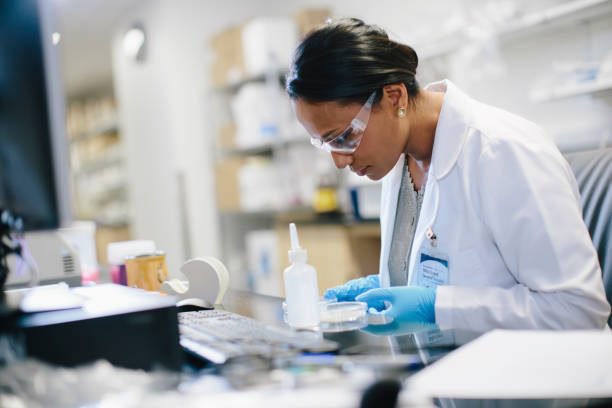
Researchers at UCLA have recently announced that the first case of a woman with HIV in the U.S. has reached a state of remission. This is a result of what doctors call stem cell transplants. If she continues to stay in remission she will officially be the third person to be cured through this procedure.
Healthcare professionals are learning that there are some similarities in the methods of curing cancers like leukemia.
Although this is great news, professionals are saying this is by no means the official treatment that will change the world. This is the beginning of a beautiful future that could potentially open the doors for groundbreaking science.
The goal is to safely and effectively understand, treat and cure this virus that has destroyed lives for half a century. For years HIV has affected the world and changed lives with no cure in sight. Now that there is light at the end of the tunnel doctors are trying not to get carried away with recent, but rare developments.
RELATED: Your Guide to HIV Medications
History in the making?
The person cured has been called the “New York Patient”, and she is also in remission for leukemia thanks to the same stem cell procedure. This patient has been in remission for almost five years and the remission for the HIV has lasted about 14 months.
If this HIV remission keeps up she will join just two other people who were officially cured.
Not only will history be made as she joins a small group, but she will also be the first person to achieve remission from receiving umbilical cord blood cells that have mutations that will combat HIV-1. This is what separates the most recent patient from the first two that were cured. The two before her were treated through stem cell treatments, but by adult donor cells. Neither patient received transplants from umbilical cord blood cells.
Research has shown that people of northern European descent have a genetic abnormality that enables HIV resistance. This is why they believe that the patient being mixed-race played a part in the procedure's success.
This doesn’t mean that it wasn’t difficult finding her the right donor. Ultimately this all means that scientists are getting a better look at the important factors of finding a cure for HIV.
Even if this case isn’t something that will work for everyone, this is just a small part of something that could mean a lot for science.
RELATED: Nutrition Tips For Persons Living With HIV
A sense of hope for HIV patients
One of the special parts about these procedures is that people are able to donate their child's cord blood cells to those in need! Doctors are beginning to see the importance of cord blood cells as a whole can be used for research.
For years scientists have been searching for a cure for HIV. The issue has been that for years there hasn’t been a treatment that is effective, safe, and scalable.
HIV can be so dominant in the body because it splices its genetic code into your immune cells creating new viral copies.
HIV can go under the radar and be untouched by certain medications for long periods of time. This virus can go years in a resting mode without any treatment. For these reasons, top scientists and doctors are working to make a change.
Although these transplants are not a completely adequate strategy for curing HIV, scientists still believe that they’re on to something with gene therapy. Either way, this has provided people worldwide with a sense of hope. There are 38 million people with HIV whose life will be completely changed once there is an effective and safe cure.









